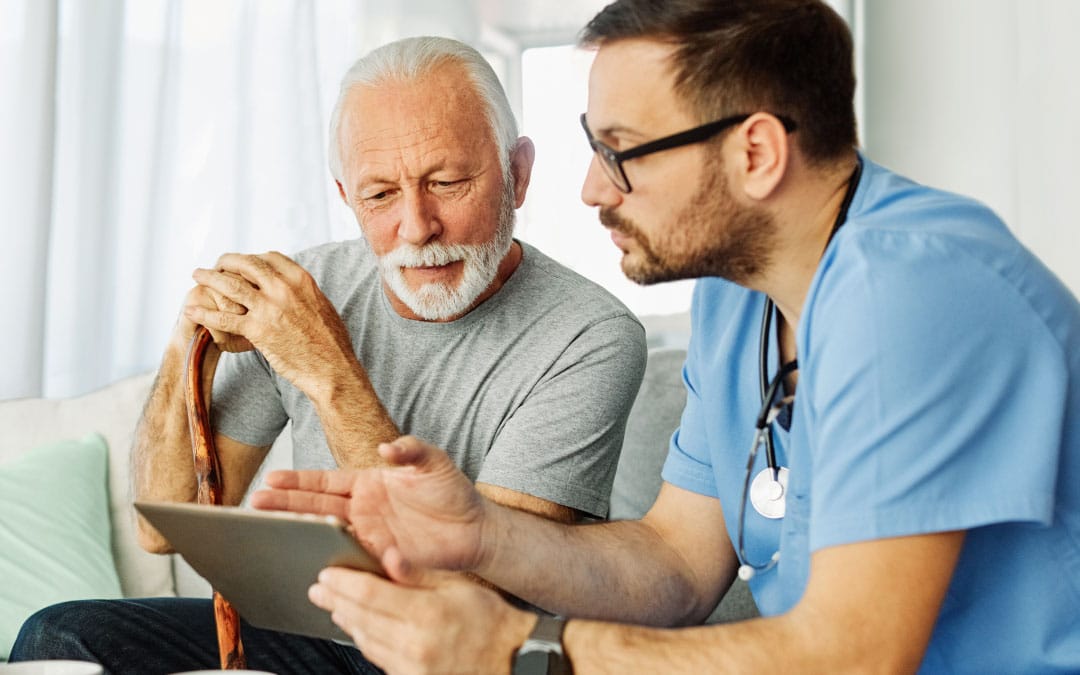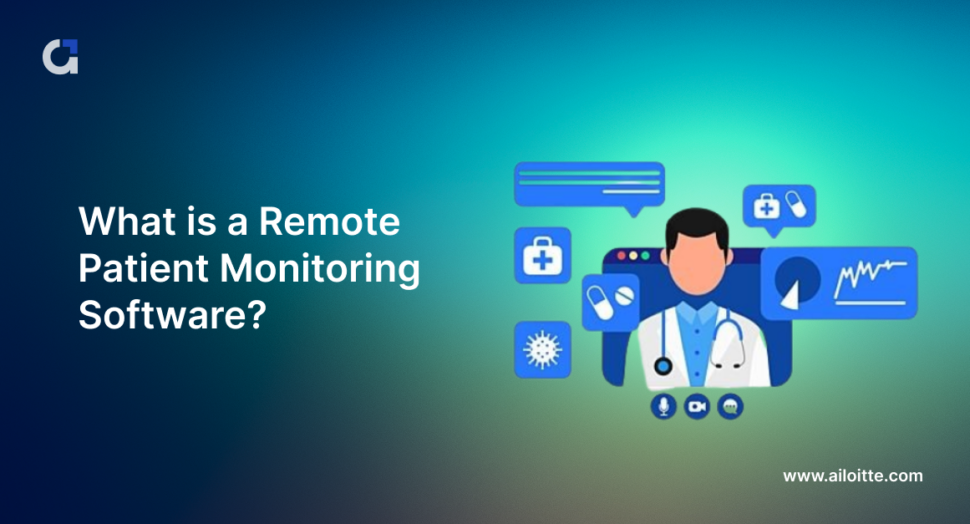Cutting-Edge RPM Software: Boost Patient Outcomes with Modern Technology
Cutting-Edge RPM Software: Boost Patient Outcomes with Modern Technology
Blog Article
The Future of Medical Care: Remote Client Keeping An Eye On Streamlined
As health care continues to evolve, one area that holds enormous promise is remote individual monitoring. The principle of simplifying this procedure via technical advancements is reshaping the method treatment is delivered and obtained. With a focus on improving person outcomes and improving healthcare distribution, remote monitoring is poised to change the market. By exploring the benefits, technological innovations, and future fads in this area, we can gain useful understandings into the transformative possibility of remote individual monitoring.
Benefits of Remote Individual Monitoring
Remote person surveillance provides a wide range of benefits for both health care suppliers and individuals alike. One significant advantage is the capability to constantly keep track of clients' important signs and health information from another location. This real-time monitoring allows doctor to identify any concerning patterns or changes promptly, resulting in very early interventions and possibly protecting against medical emergencies. Furthermore, remote person surveillance enhances the total top quality of care by supplying an extra holistic and detailed sight of patients' health and wellness standing past standard in-person visits.
In addition, remote person surveillance can lead to enhanced individual outcomes and complete satisfaction. Remote surveillance can decrease the need for frequent healthcare facility check outs, reducing health care costs for both clients and carriers.
Technology Driving Remote Monitoring
In the realm of modern medical care, technical improvements play a crucial role in driving the advancement and effectiveness of remote patient tracking. The integration of ingenious modern technologies such as wearable gadgets, mobile applications, and cloud-based systems has reinvented the method doctor from another location check and handle person wellness - remote patient monitoring platform. These technologies allow constant real-time surveillance of essential indicators, medication adherence, and various other crucial health information, permitting timely treatments and individualized care plans
One secret modern technology driving remote surveillance is the Web of Points (IoT), which allows seamless connectivity between medical tools and healthcare systems. IoT tools such as smartwatches and wireless sensors gather and transmit patient data to central platforms, helping with remote monitoring from anywhere in the globe. Fabricated knowledge (AI) and artificial intelligence algorithms further enhance remote monitoring by examining substantial amounts of client data to find patterns, predict wellness trends, and sharp medical care service providers to possible problems.
Effect On Healthcare Distribution
With the combination of advanced technologies driving remote individual tracking, the influence on healthcare delivery is becoming transformative and significantly profound. Remote patient surveillance permits doctor to provide even more customized and proactive like clients, resulting in boosted health end results and lowered health center admissions. By from another location tracking essential indications, signs and symptoms, and medicine adherence, healthcare professionals can step in early, preventing difficulties and improving the total top quality of care.
Additionally, remote tracking enhances rpm software accessibility to medical care solutions, especially for people in rural or underserved areas. People can get continuous surveillance and support from their homes, getting rid of the demand for frequent in-person brows through. This not only saves time and lowers prices for both individuals and health care facilities however likewise minimizes the danger of direct exposure to transmittable diseases, a vital consideration in the existing healthcare landscape.
In addition, remote patient monitoring enables health care carriers to far better allot sources and focus on care based on real-time data. By identifying high-risk individuals and stepping in promptly, healthcare distribution becomes more effective and reliable, ultimately bring about a more lasting and patient-centered medical care system.
Improving Person Results

In addition, RPM permits positive administration of chronic problems, lowering the probability of intense exacerbations and health center readmissions. Clients gain from increased comfort and convenience, as they can receive care in their very own homes while remaining connected to their doctor. This constant tracking not just improves patient complete satisfaction yet also fosters a sense of empowerment and interaction in their very own health and wellness administration.
Future Trends in Remote Monitoring
Welcoming sophisticated modern technologies in remote patient surveillance is shaping the future landscape of medical care shipment. One considerable pattern is the enhanced usage of wearable tools and sensing units to accumulate real-time information, allowing healthcare service providers to keep track of patients constantly without the requirement for regular in-person sees.

Additionally, telehealth platforms are ending up being a lot more advanced, permitting online consultations, remote medical diagnosis, and remote patient checking done in one incorporated system (remote patient monitoring software). This holistic approach to remote tracking is streamlining health care shipment, enhancing individual fulfillment, and inevitably, improving overall top quality of treatment
Verdict
Finally, remote client monitoring supplies numerous benefits in medical care delivery, driven by developments in modern technology. It has the prospective to improve individual end results and transform the method health care is delivered. Future fads in remote monitoring will certainly continue to form the landscape of medical care, supplying opportunities for more personalized and reliable client care.
Remote client tracking presents a wide range of advantages for both medical care companies and clients alike. Furthermore, remote client monitoring boosts the overall top quality of treatment by providing a much more comprehensive and all natural view of people' wellness standing beyond standard in-person brows through.
Furthermore, remote patient tracking can lead to enhanced patient end results and complete satisfaction. Remote person surveillance enables healthcare service providers to use more aggressive and personalized care to patients, leading to enhanced health results and minimized healthcare facility admissions. Remote client monitoring (RPM) plays a considerable function in improving patient results by supplying constant, real-time information that allows medical care suppliers to intervene immediately and readjust treatment plans as needed.
Report this page